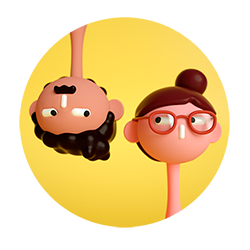This exploration of the line between 2D and 3D and how we can blur it was born from a fascination with mixing media and confusing the viewer's eye as to exactly what they're seeing.
Our starting point was the translation of a 2D sketch into a 3D Character Design and intended as a way of exploring Blender's Grease Pencil feature. We always try to keep the spirit of the original drawing and analyse how, and often why, that can be brought into 3D dimensions.

We took this character - a graphical drawing of a dog with unrealistic proportions and broken perspective - as our starting point for the project. Thinking about which parts to model in 3D and what should be kept in 2D.
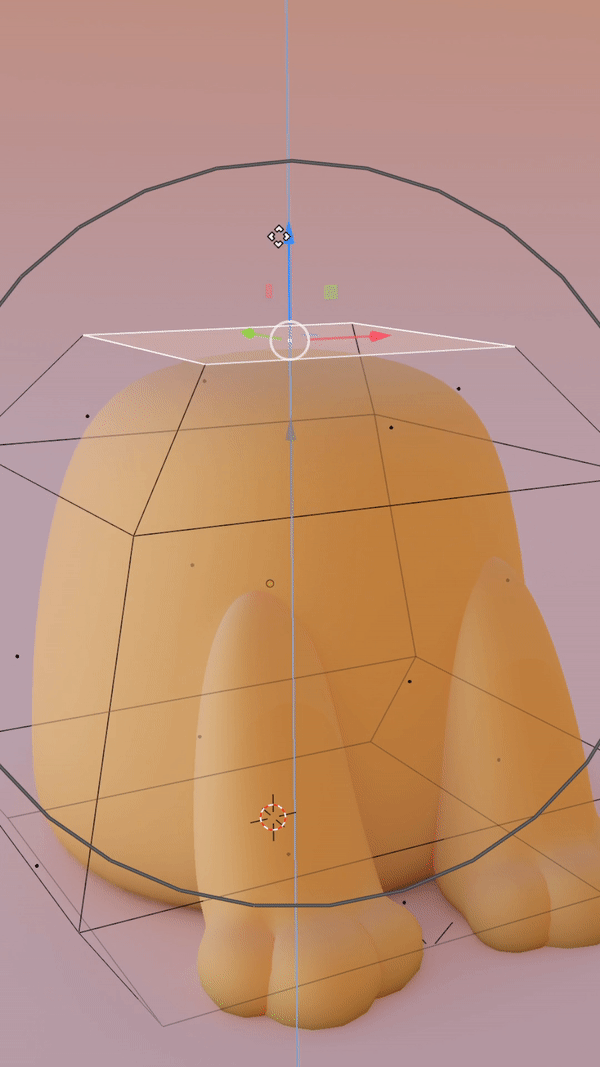

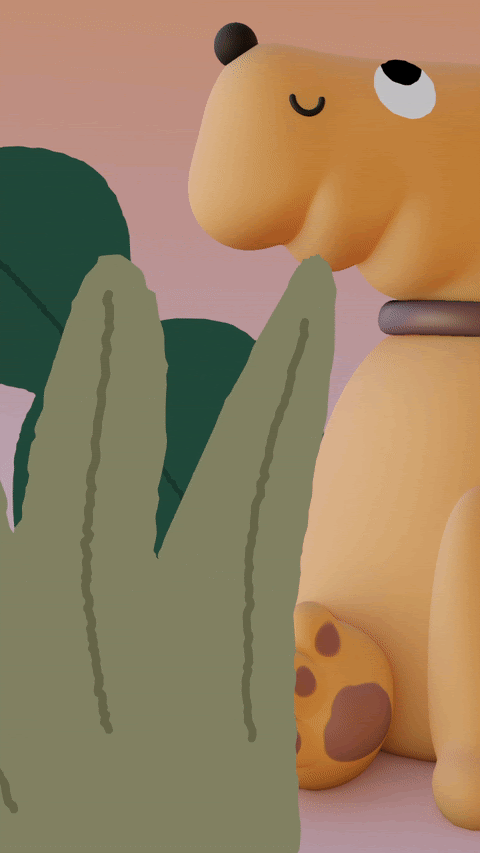
The main body of the dog, the most tactile and appealing part of the image, forms the 3D base with plants positioned at different depths so you can move around the image and see the organic animation happening.
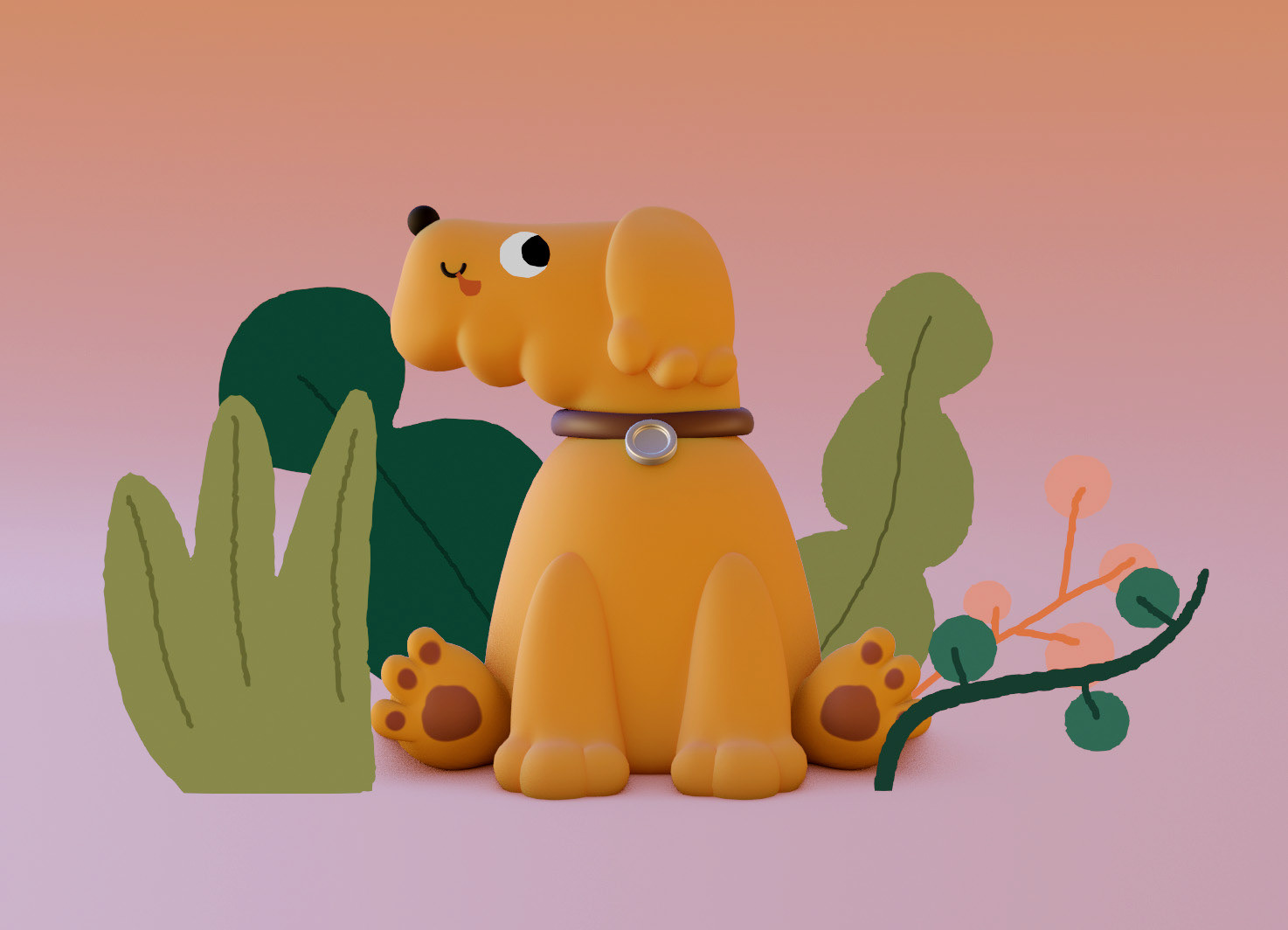
Following the results it felt natural to explore Grease Pencil further and test its capabilities. We wanted to see how it could be used with a variety of different drawing styles; so came the 'Character Call-Out'. We invited students from Patata School to send in their 2D characters and we selected three to adapt between dimensions.


For the first submission, from Noah Albrecht, we test how we can play with the viewer's understanding of the 2D scene.
Modelling the characters entirely in 3D allows us to rig them, using a custom rig, while applying a flat emission as the texture means that the image still appears to be completely 2D - before you start animating in 3D that is!
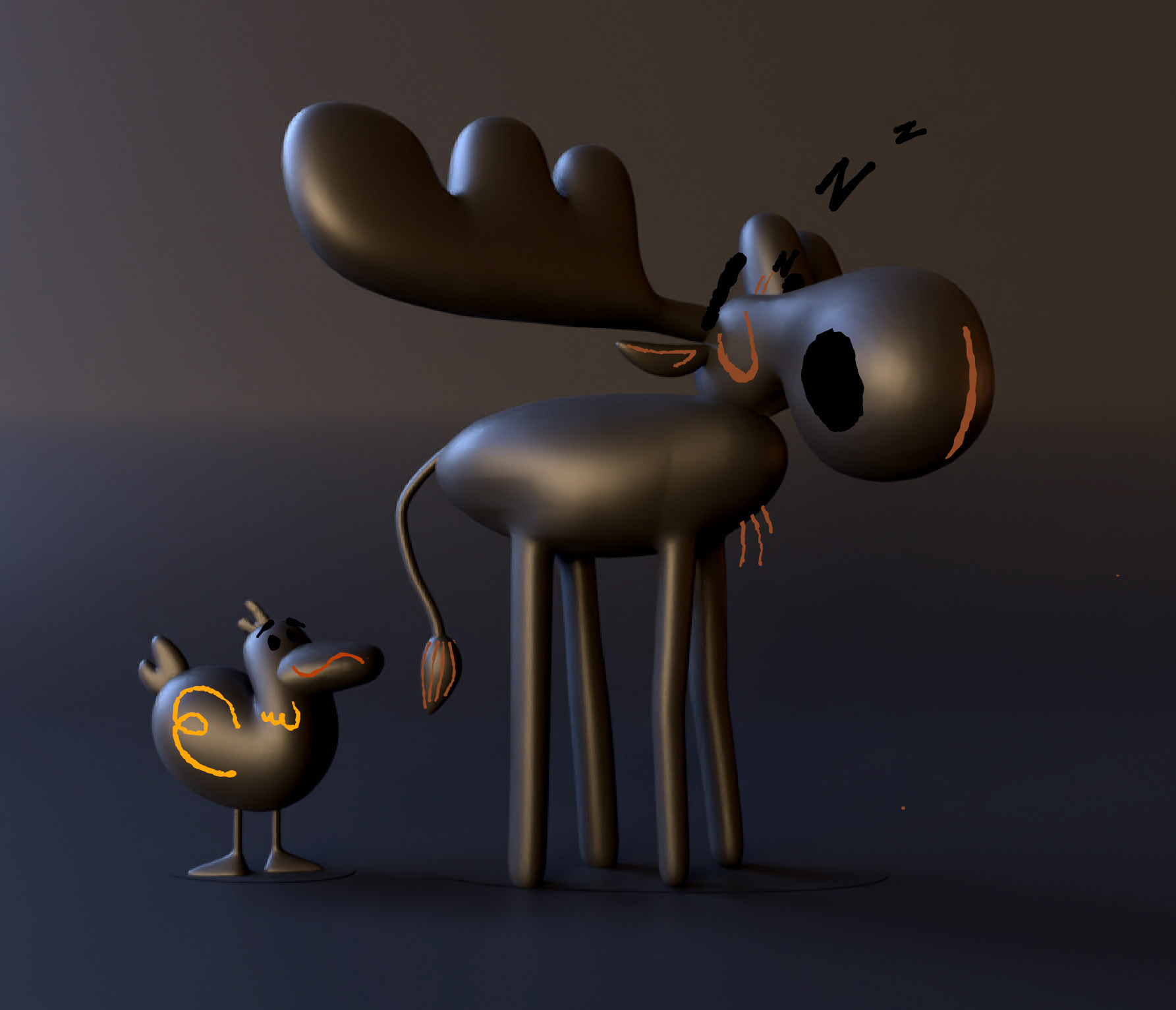
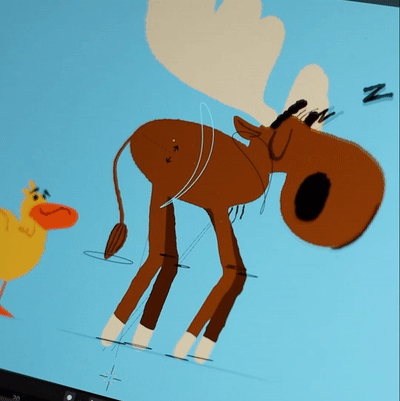
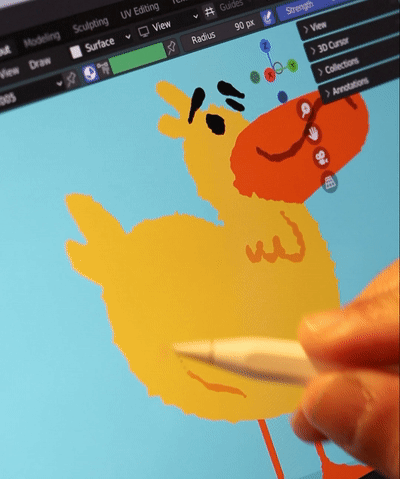
To achieve the bumpiness of the hand-drawn finish Noah charmingly created, we used a Displace modifier in the 3D models. This keeps the uneven edge no matter which direction you move through the dimension.


To continue the exploration between dimensions, we went for a different challenge with Rose Caille's submission: a mixture of a 3D finish with 2D frame-by-frame animation on top.

The original illustration is full of details which can all be incorporated when moving into 3D; painting the texture on the bike and clothing, 2D particles flying to generate a feeling of speed, and the clever amount of detail in the character all while keeping a minimal and consistent colour palette.
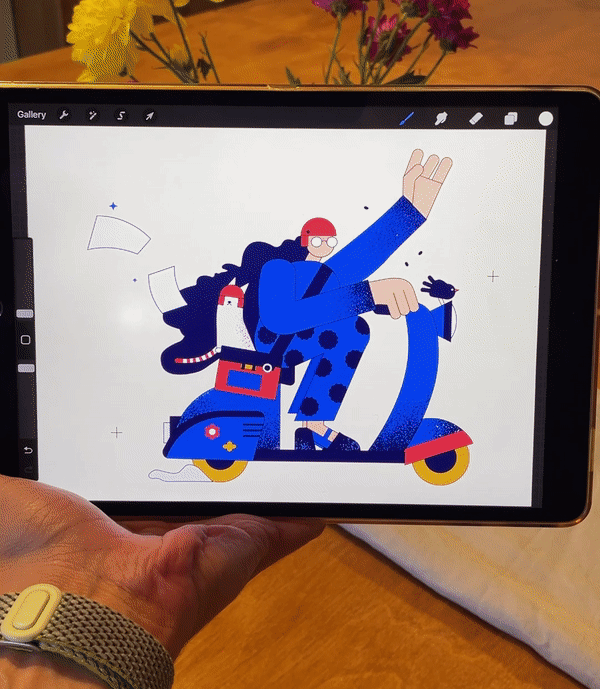

The final exploration takes on a very different drawing style from Nathalia Angely Escalona Perez and is again about the play between 2D and 3D within the image. This time the angle of the character and sharpness of position were the main points to convey in the 3D model, while the details are added with Grease Pencil.
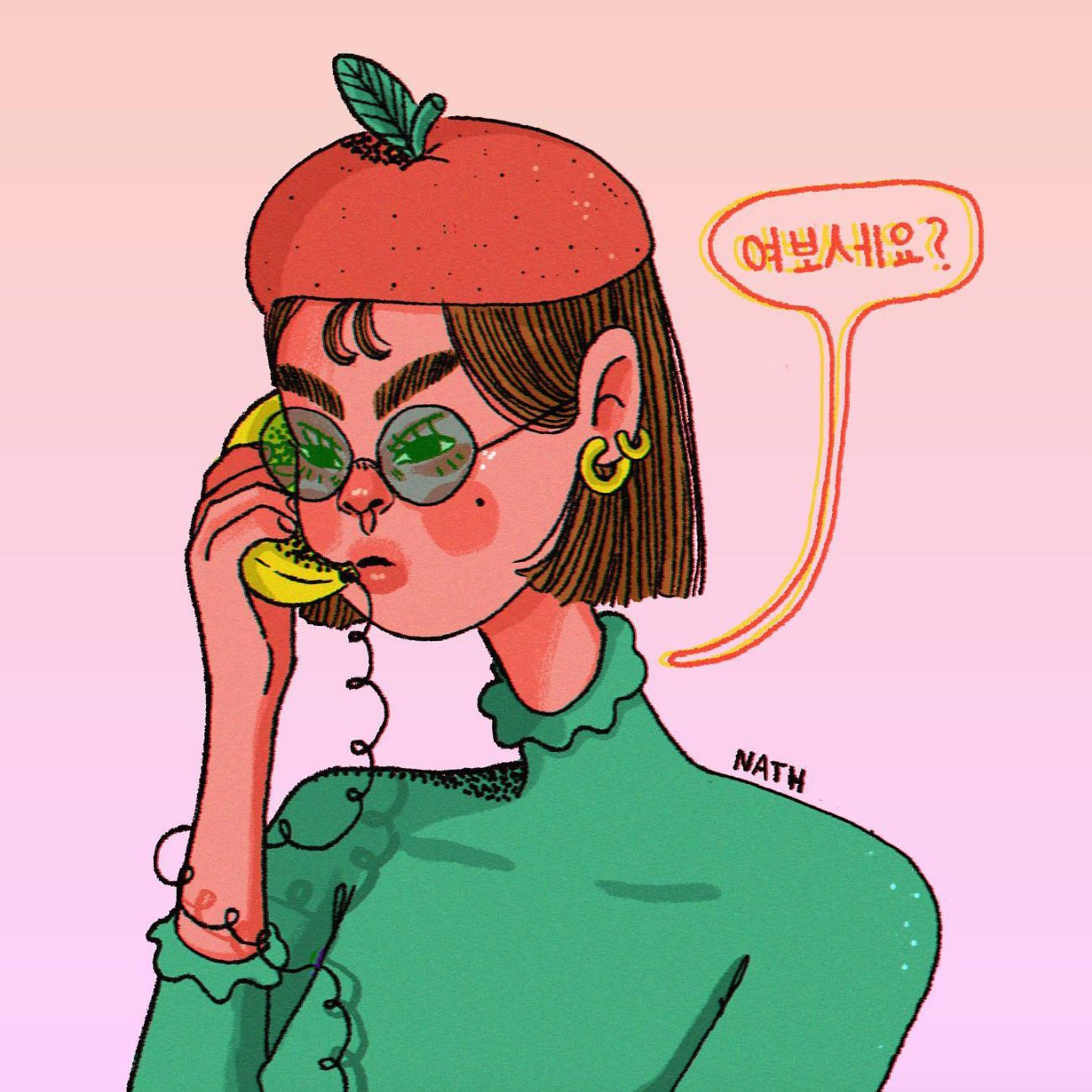
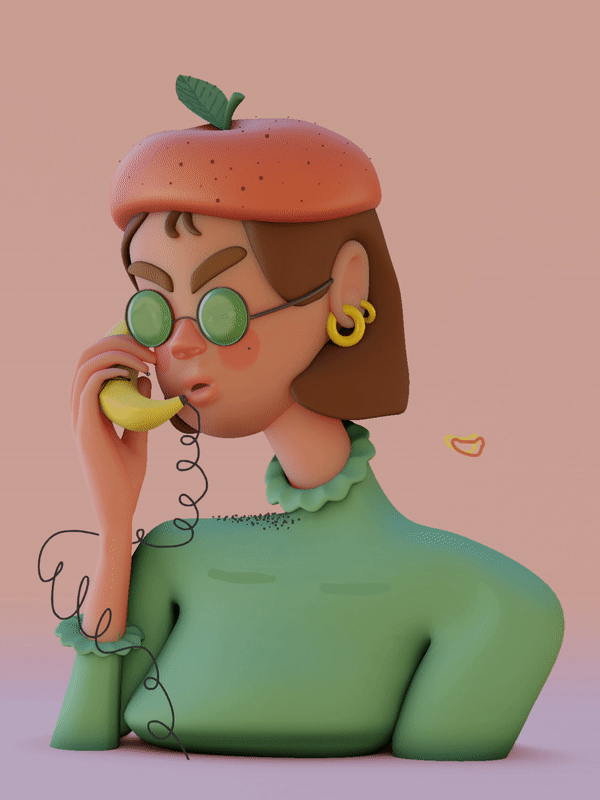
As well as the obvious animation of the speech bubble here, we feel the whole character bubbling alive with a boiling animation in the particles on the hat and shoulder, as well as the telephone cable which wraps around her wrist in the 3D space.

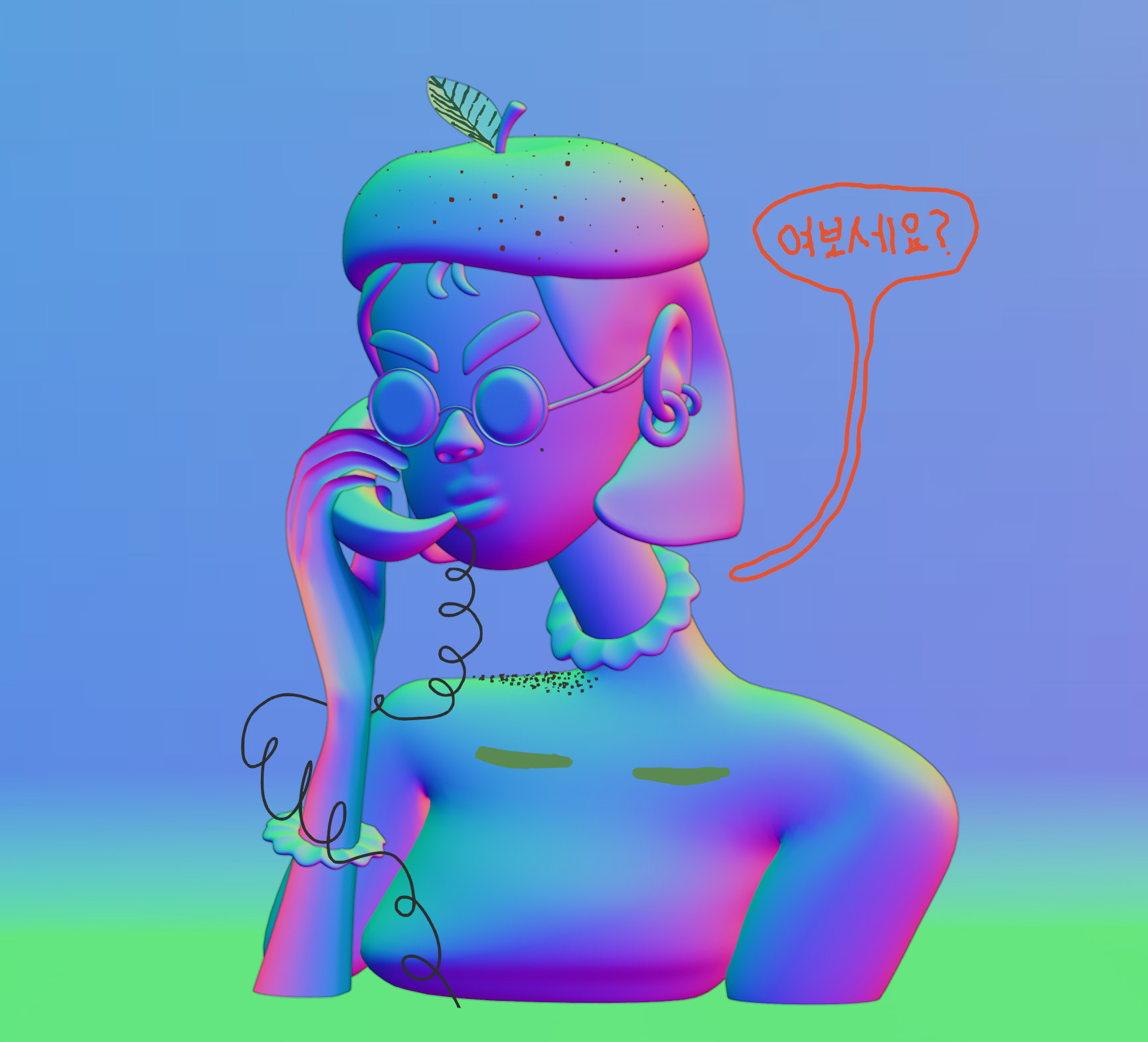
It's fascinating to see different 2D styles come to life in 3D and to examine how to best translate them and how to mix the two worlds. Our aim with this project is to invite more people to join the world of 3D design and see that any style can work in interesting and pleasing ways as long as there's intention and interest.
For this reason all of our exploration is available through Patata School so anyone can learn more about Grease Pencil and this space between dimensions.
